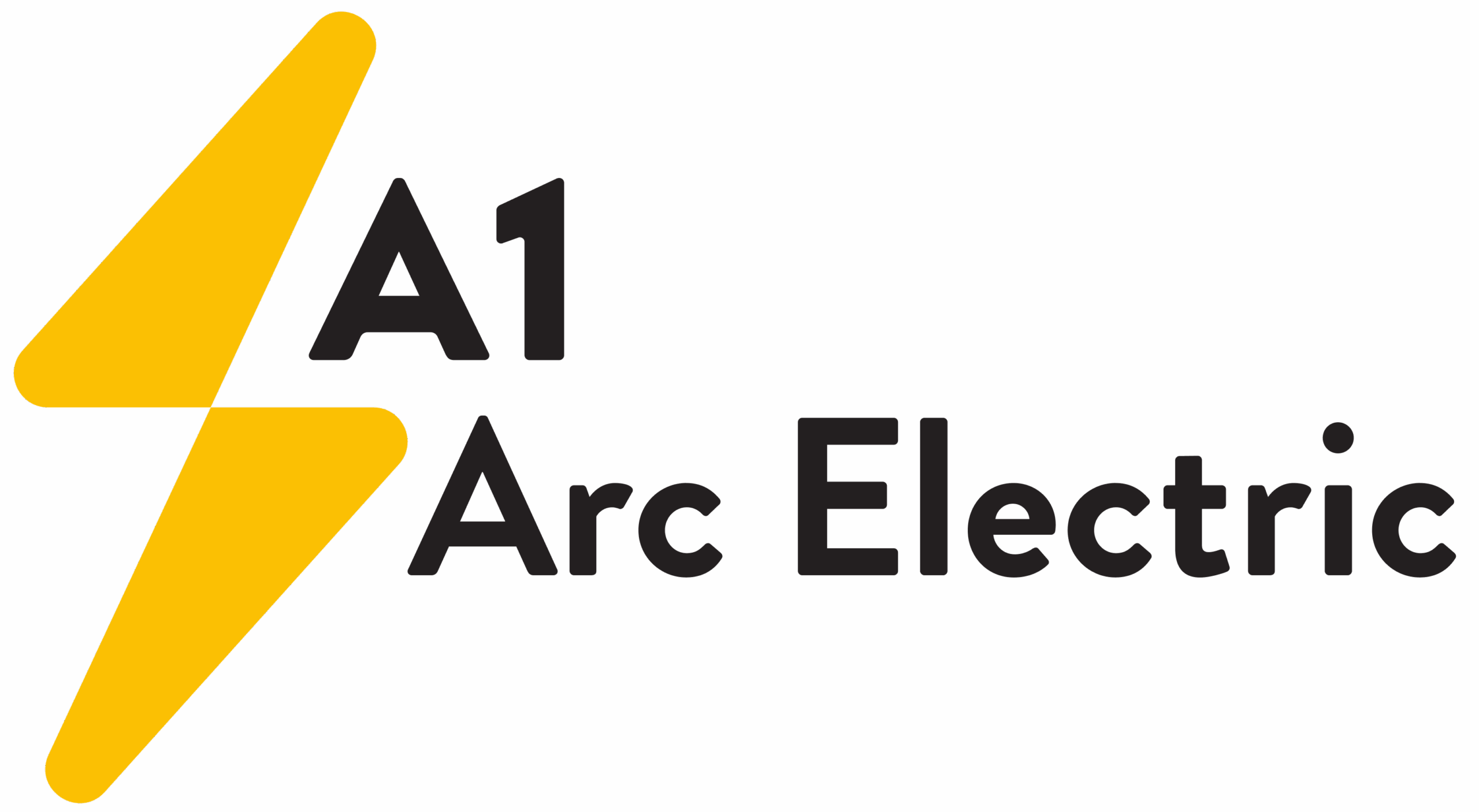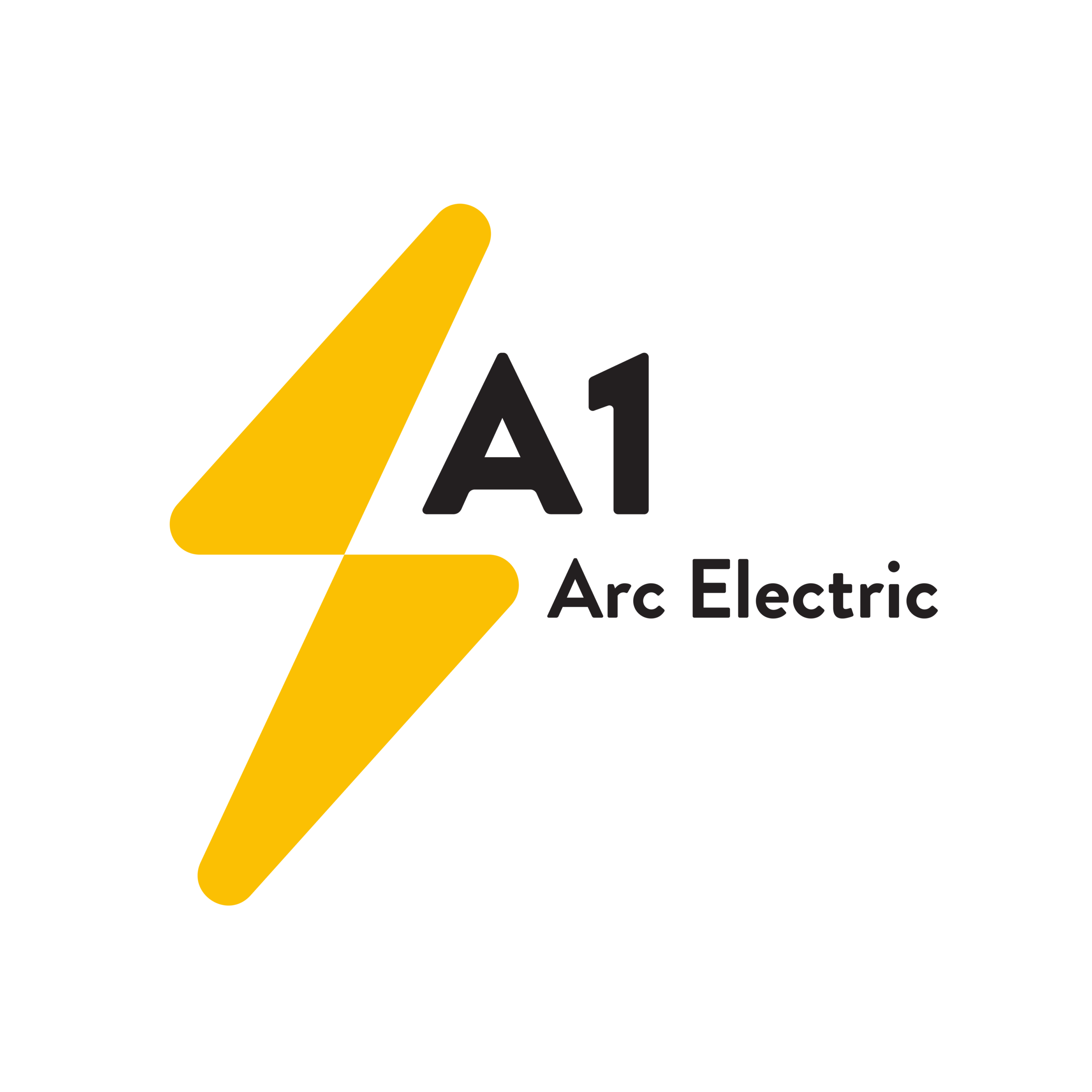Modern homes and businesses are evolving at an unprecedented pace. The traditional electrical panel, once designed for simpler times, now faces the challenge of supporting a growing array of energy-hungry devices and systems. The average household or commercial space no longer just powers lights and basic appliances. Today, smart TVs, home automation hubs, advanced security systems, and high-performance computers are the norm.
Technology’s role in our lives—whether at home or in the workplace—means more devices are drawing power simultaneously. Many residents and business owners in Burnaby and Vancouver are also transitioning to electric vehicles, necessitating the installation of dedicated EV chargers. These chargers, along with heat pumps and modern air conditioning systems, place significant additional demand on existing electrical infrastructure.
Renovations, expansions, and upgrades are common as families grow or businesses adapt. Each new lighting fixture, wiring upgrade, or appliance added during general renovations can push older electrical panels to their limits. Without an upgrade, these panels may not provide sufficient power or protection, leading to potential performance issues or safety concerns. As we approach 2025, ensuring your electrical system can keep up with modern demands is more critical than ever.
How Outdated Electrical Panels Can Put Safety at Risk
- Risk of electrical fires due to overloaded circuits
- Obsolete panels may lack modern safety features
- Increased likelihood of tripped breakers and power outages
- Dangers of faulty wiring associated with old panels
- Non-compliance with current electrical codes and regulations
An outdated electrical panel isn’t just an inconvenience—it can be a serious safety hazard. Panels designed decades ago were never intended to handle the volume and variety of electrical loads seen in modern homes and businesses. Overloading an old panel can cause wires to overheat, significantly increasing the risk of electrical fires.
Obsolete panels may also lack critical safety features found in newer models. For example, modern panels are designed to quickly detect and shut off power in the event of a short circuit or ground fault, helping prevent damage and injury. Older systems might not have these safeguards, leaving occupants vulnerable to electrical shocks and other hazards.
Frequent tripped breakers and unexplained power outages are warning signs that a panel is struggling to keep up. Faulty wiring, commonly associated with aging panels, can further compound risks—leading to sparking, smoking outlets, or even electrical arcing. Moreover, older panels often fall short of current electrical codes, making properties non-compliant and, in some cases, uninsurable.
Upgrading your electrical panel is a proactive step to protect your property, comply with regulations, and, most importantly, ensure the safety of your family, employees, or tenants.
Recognizing the Signs: When Is It Time for an Electrical Panel Upgrade?
- Frequent breaker trips or blown fuses
- Flickering or dimming lights when using appliances
- Use of extension cords or power strips as a workaround
- Visible signs of wear, rust, or burning smells from the panel
- Planning renovations, new appliance installations, or EV charger setups
Knowing when to upgrade your electrical panel can prevent serious issues before they arise. One of the most common signs is frequent breaker trips or blown fuses, indicating your panel is struggling to handle your current electrical load. If you notice lights flickering or dimming when major appliances turn on, this could signal that your panel isn’t distributing power efficiently.
Relying on extension cords or power strips to accommodate more devices is another red flag. These temporary solutions may seem harmless but can actually overload circuits and increase fire risk. Physical signs like rust, corrosion, or a burning smell coming from your panel should never be ignored—these are urgent indicators of potential electrical failure.
Planning home renovations, installing new appliances, or considering an electric vehicle charger are also key moments to assess your panel’s capacity. Upgrading during these times can ensure your system is ready for today’s needs and tomorrow’s innovations. If your property is more than 30 years old and still has its original panel, an evaluation by a licensed electrician is highly recommended.
Benefits of Upgrading: Energy Efficiency, Capacity, and Future-Proofing
- Increased energy efficiency and lower utility bills
- Enhanced electrical capacity for new technology
- Improved safety and reduced risk of electrical hazards
- Compliance with modern codes and insurance requirements
- Ability to support future upgrades and expansions
Investing in an electrical panel upgrade offers a range of benefits that extend well beyond simply meeting code requirements. One significant advantage is improved energy efficiency. Modern panels are designed to distribute power more effectively, reducing wasted electricity and helping to lower utility bills over time.
An upgraded panel increases your property’s electrical capacity, making it easier to add new appliances, smart devices, and advanced systems like lighting automation or security networks. This future-proofs your home or business, allowing for seamless integration of emerging technologies as they become available.
Safety is another major benefit. Newer panels are equipped with the latest safety features—such as arc fault circuit interrupters (AFCIs) and ground fault circuit interrupters (GFCIs)—that protect against electrical shocks, fires, and other hazards. These improvements not only safeguard occupants but also help ensure compliance with current building codes and insurance requirements.
Finally, upgrading your panel makes future renovations or expansions much simpler and less costly. Whether you plan to add an EV charger, upgrade to a heat pump, or install advanced lighting, a modern electrical panel ensures your infrastructure is ready to handle whatever comes next.
Preparing for 2025: Ensuring Your Panel Supports EV Chargers, Heat Pumps, and More
- Anticipate the electrical needs of emerging technologies (EVs, heat pumps, smart lighting)
- Government incentives and regulations driving adoption of clean technologies
- Importance of planning for increased power demands in advance
- Role of professional assessment in choosing the right panel upgrade
- Steps to ensure a seamless transition for future installations
Looking ahead to 2025 and beyond, the push toward cleaner, more efficient technologies is only expected to accelerate. Electric vehicles are becoming increasingly common, and many homeowners and businesses are investing in heat pumps for heating and cooling. Both require dedicated circuits and significant electrical capacity, placing new demands on existing panels.
Government incentives and evolving regulations in British Columbia are encouraging the adoption of these technologies. Planning for these changes now can save time, money, and stress in the future. Upgrading your panel before installing an EV charger, heat pump, or advanced lighting system ensures your electrical infrastructure is robust and reliable.
A professional assessment is key to determining the right upgrade for your needs. Licensed electricians can evaluate your current system, discuss your future plans, and recommend a solution that allows for additional capacity and flexibility. This proactive approach not only supports immediate upgrades but also accommodates future needs—whether it’s new appliances, increased automation, or expanded workspace requirements.
Taking these steps today ensures your property is ready for the innovations of tomorrow. By making your electrical panel future-ready, you can confidently embrace new technologies and enjoy a safer, more efficient, and adaptable living or working environment.





